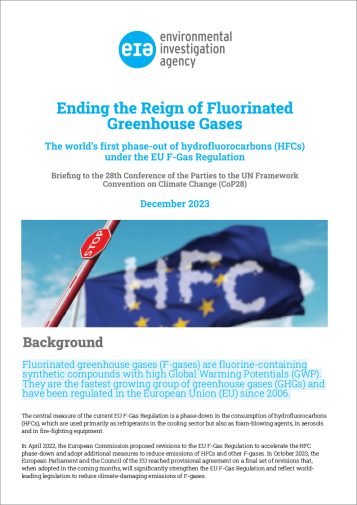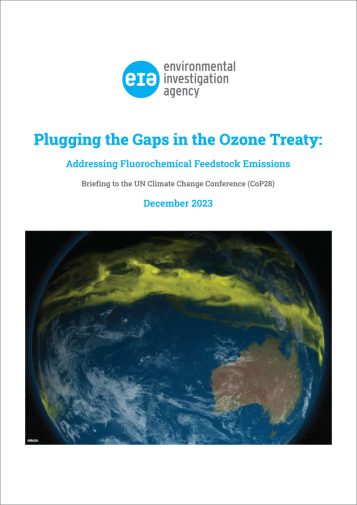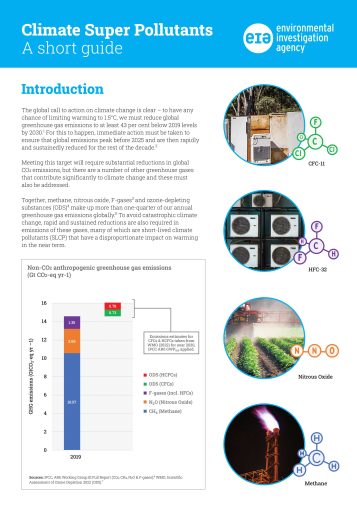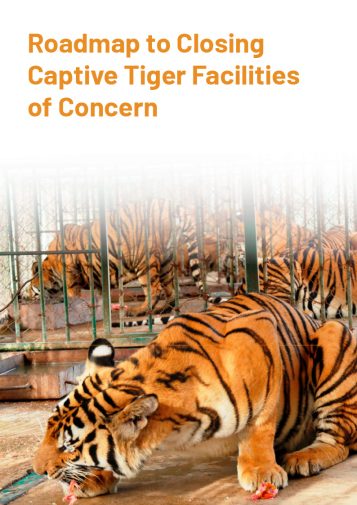
Ending the Reign of Fluorinated Greenhouse Gases
Fluorinated greenhouse gases (F-gases) are fluorine-containing synthetic compounds with high Global Warming Potentials (GWP). They are the fastest growing group of greenhouse gases (GHGs) and have been regulated in the European Union (EU) since 2006.
- Areas of work:
- Campaigns:






